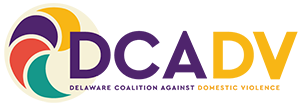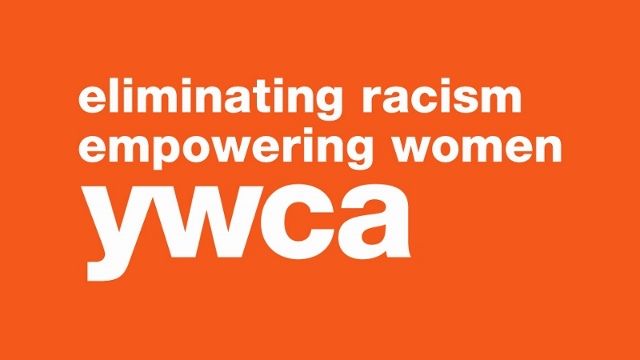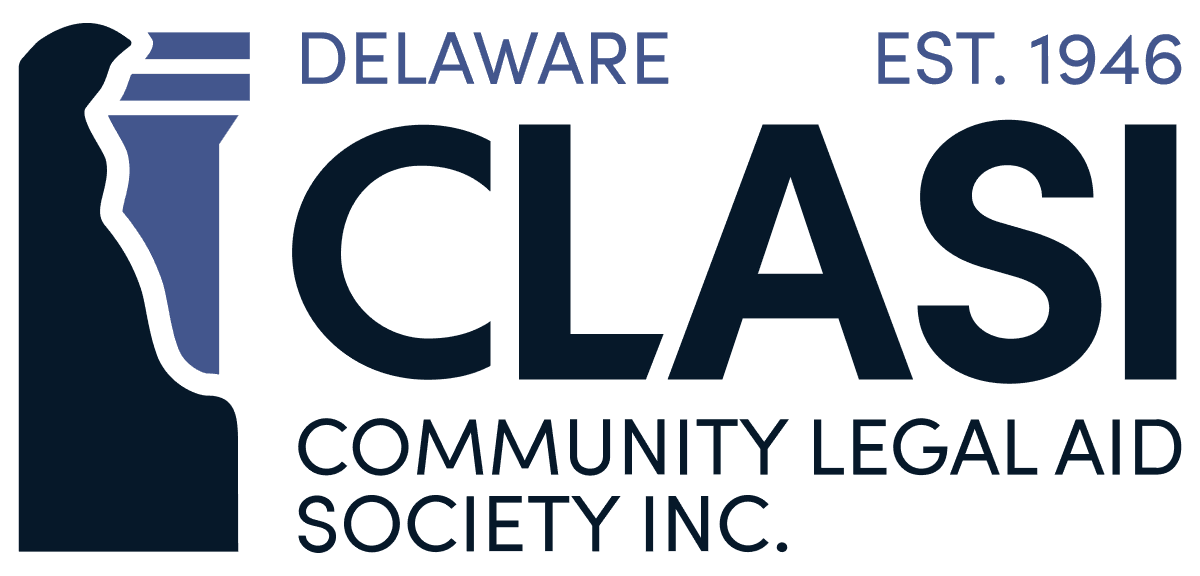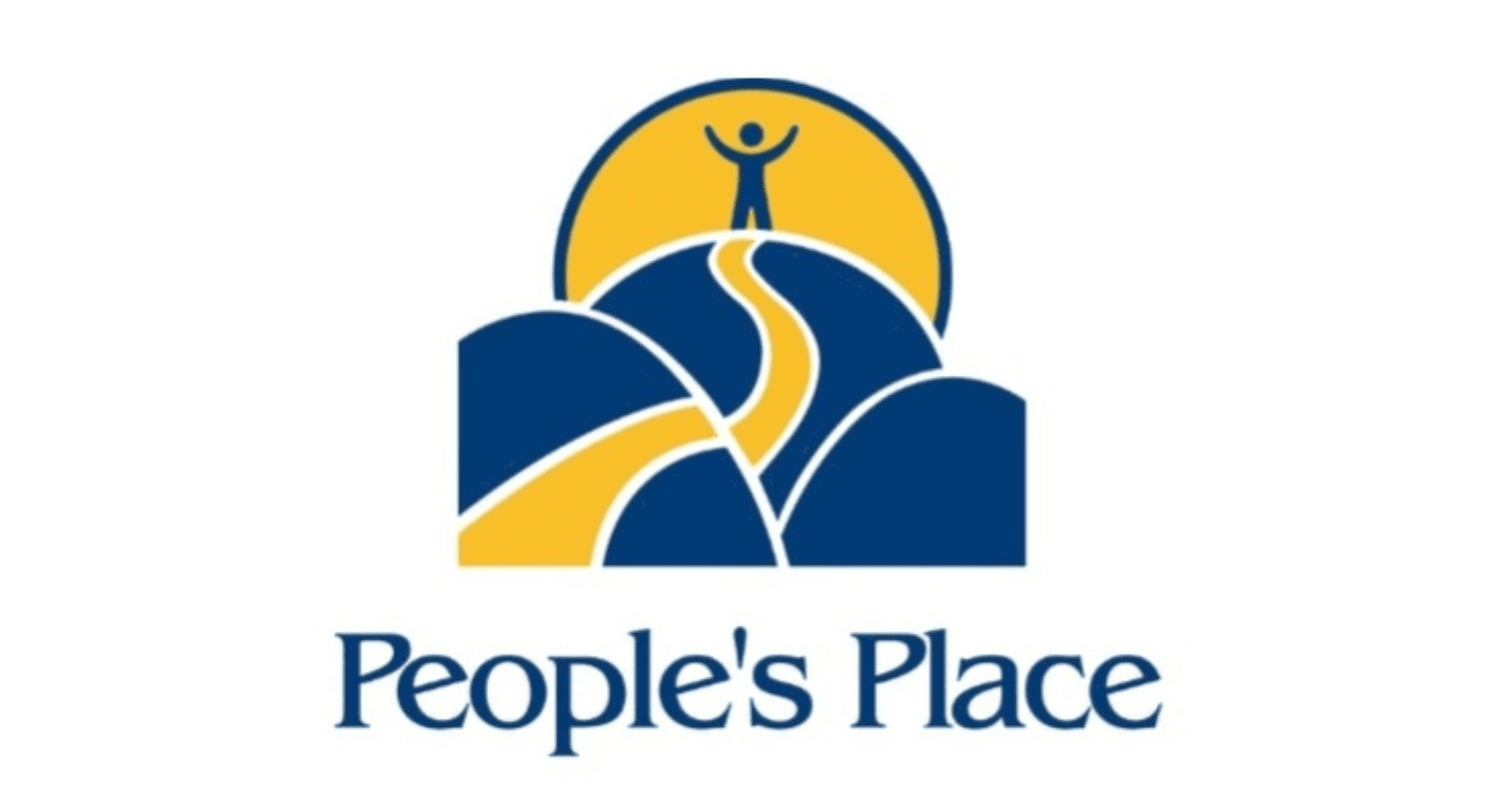The Complex Intersection of Human Trafficking and Intimate Partner Violence
Diana Suchodolski, Project Coordinator for Delaware’s Human Trafficking Interagency Coordinating Council
Human Trafficking is when a person benefits from a minor engaging in a commercial labor or sex act OR uses force, fraud, or coercion against someone over the age of 18 to engage in a commercial labor or sex act (TVPRA[1]). For the purposes of this article, I will focus on sex trafficking and will refer to this injustice of modern day slavery / sex trafficking as commercial sexual exploitation.
Fiction vs. Reality
The film industry is a guilty co-conspirator in providing overwhelming interpretations of human trafficking or commercial sexual exploitation (CSE). Some are gratuitous but most are outright disturbing. The danger of these films is they can send the wrong message. Igniting passion for support is always welcome, but not at the risk of disempowering someone who is being trafficked. A victim of exploitation may believe their experience is not real “trafficking” if it does not fit what they see in the movie and they may be less likely to seek help (Bender 2020).
With that said, I was guilty of being pulled into the visual sensationalism of trafficking. The first “trafficking” film I watched was in 2005, “Human Trafficking” with Mira Sorvino. The film was not as salacious as other more popular modern films, but it had its fair share of inaccuracies. This film also made a painful connection for me that day that took the air out of the room and changed my path forever. Despite its inaccuracies, it brought back memories of confusing experiences within my own family. I remembered photos of a dear relative whose face that had beaten beyond recognition by a “boyfriend”. My mother went to court to support our relative that had been a victim of what appeared on the surface to be intimate partner violence. I remembered being terribly confused after I was told the relative had turned to prostitution because of drugs. We now know it had eventually become forced exploitation through the use of drugs and violence. These “situations” that had been mislabeled as abusive relationships, as ‘turning tricks for drugs’, as being ‘turned out’, were never named as trafficking because we did not have the language then, but it was very much commercial sexual exploitation. This scenario played out for more than one person in my family and it was never discussed. It may never be discussed because of the shame and stigma attached to being in an abusive relationship, in addiction, and being forced into prostitution. I dove headfirst into understanding what we missed and have since been working towards what it means to prevent it.
How Does It Happen?
A common myth is that victims are kidnapped into trafficking. In reality, traffickers take advantage of addictions, target oppressed or marginalized people, and target youth with emotional vulnerabilities. According to a 2019 report by Polaris Project, leveraging intimate partner/marriage proposition and familial bonds are by far the most common recruitment tactics. Promising someone a job as a massage therapist and then exploiting them in an illicit massage establishment is also a common tactic that we may see evidence of in our own neighborhoods. (Polaris Project 2019).
Why don’t they just leave?
The attachment in these abusive relationships is often referred to as a trauma bond. The cycle of affection and abuse, like what is experienced in intimate partner violence, is used to maintain power (Carnes 2019). In my experience as an advocate, these abusive relationships are also the most dangerous and difficult bonds to break for a survivor of sexual exploitation. For this reason, traditional shelters for survivors of intimate partner violence are not always a safe option. “Although the victim may disclose the abuse, the trauma bond means the victims may also wish to receive comfort from the very person who abused them.” (PACE 2019). Another reason they may not leave is the threat of violence against loved ones or using children as collateral. Often, a victim may not realize what they are experiencing is even a crime or the trafficker has effectively conditioned them to not trust law enforcement or state providers.
Who is at risk?
We are human and our greatest strength is also our greatest vulnerability; our need to love and be loved and cared for. People who feel abandoned, neglected, or have extremely low self-esteem are at risk. Our youth in foster care, runaway youth, and LGBTQ youth are especially vulnerable. Oppressed and marginalized people of color are also disproportionately impacted by trafficking as are undocumented migrants. (Polaris Project 2019). Traffickers are clever and build trust by studying posts made online, such as “No one understands me.” Traffickers also target young people on dating apps and webcam sites popular with young people who are “sugaring” or escorting online. (Billau 2018).
What can we do?
Be informed. Learn to identify the red flags and look beneath the surface of violence in relationships. Encourage youth and colleagues to participate in awareness events or workshops. Feel free to reach out to me (diana.suchodolski@delaware.gov) or my colleague Julie Hammersley (Julie.Hammersely@delaware.gov) to identify the most appropriate training related to your field. Visit and share the list of training opportunities on Delaware’s Human Trafficking Interagency Coordinating Council page. Rely only on verified sources of information such as the National Human Trafficking Hotline, Polaris Project, HTICC and survivor lead sources such as Rebecca Bender’s “Trafficking Truths” https://www.rebeccabender.org/. Also check out the Michigan Human Trafficking Toolkit for Domestic & Sexual Violence Agencies.
Report it. If you see signs of trafficking, contact:
National Human Trafficking Hotline, 1-888-373-7888 (TTY: 711) or text 233733
Local Law Enforcement, 911 and Delaware State Police Victim Services, 1-800-VICTIM-1
Local FBI field office (contact information can be found at www.fbi.gov), or online with the FBI’s Internet Crime Complaint Center at www.IC3.gov
To report possible trafficking involving minors, ALSO contact:
· Delaware Department of Services for Children, Youth, and their Families hotline
1-800-292-9582.
· National Center for Missing and Exploited Children (NCMEC) 1-800-THE-LOST (1-800-843-5678) or at Cybertipline.org.
Act. Seek volunteer opportunities or join committees of organizations that are doing work in prevention, survivor support, and outreach specific to human trafficking such as the subcommittees of the Human Trafficking Interagency Coordinating Council, YWCA-SARC, The Salvation Army’s Restoration Now, Meet Me at the Well Foundation, Nightlight Project, Zoe Ministries, and People’s Place. Reach out to your local representatives and ask them about Delaware’s efforts in the prosecution of traffickers, protection of survivors, and the prevention of commercial exploitation in our state.
[1] The TVPRA is a legislative package made up of four bills, including the Frederick Douglass Trafficking Victims Prevention and Protection Reauthorization Act of 2018 (H.R. 2200), the Abolish Human Trafficking Act of 2017 (S. 1311), the Trafficking Victims Protection Act of 2017 (S. 1312), and the Trafficking Victims Protection Reauthorization Act of 2017 (S. 1862). (Murphy 2019).
References
Bender, R. (2020). Trafficking Truths: A Myth-buster Campaign. Retrieved January 10, 2021, from https://rebecca-bender.mykajabi.com/trafficking-truths
Billau, Christine. “UT Study Details Link between Social Media and Sex Trafficking.” UToledo News, 8 Oct. 2018, news.utoledo.edu/index.php/10_08_2018/ut-study-details-link-between-social-media-and-sex-trafficking
Carnes, Patrick, and Bonnie D. Phillips. The Betrayal Bond: Breaking Free of Exploitive Relationships. Health Communications, Inc., 2019.
Murphy, Cassondra. (2019). Trafficking Victims Protection Reauthorization Act Becomes Law. Trafficking Matters. Retrieved from https://www.traffickingmatters.com/trafficking-victims-protection-reauthorization-act-becomes-law/
PACE UK. (2019). What is Trauma Bonding? Parents Against Commercial Exploitation. Retrieved on January 10, 2021, from https://paceuk.info/child-sexual-exploitation/what-is-trauma-bonding/
Polaris Project. (2019). 2019 U.S. National Human Trafficking Hotline Statistics. Retrieved January 10, 2021 from https://polarisproject.org/2019-us-national-human-trafficking-hotline-statistics/




